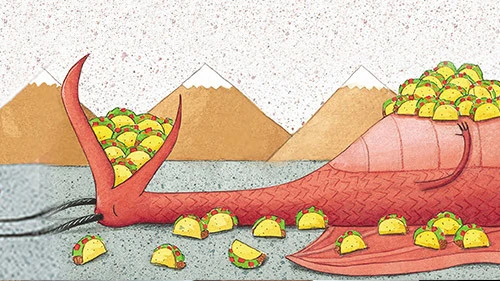New & Noteworthy Poetry, From White Blood to the Book of Job

Recent poetry books of interest:
ISLAND OF THE INNOCENT: A Consideration of the Book of Job, by Diane Glancy. (Turtle Point, paper, $17.95.) Glancy uses poetry and prose to filter the Book of Job through the stories of Native Americans and other marginalized groups. “I like the wobbliness of transitions,” she writes.
THE PARK, by John Freeman. (Copper Canyon, paper, $17.) This second poetry collection by the editor of the biannual literary journal Freeman’s dwells on the symbolism of places where the human and natural worlds intersect: “A park’s / purpose is to temper the machine / in us.”
SEEING THE BODY: Poems, by Rachel Eliza Griffiths. (Norton, $26.95.) Mixing poems and original photographs, Griffiths’s fifth book grapples with the long-ago death of her mother and its effect on Griffiths herself, “a woman whose spirit is both emaciated and exhilarated in the face of monumental loss.”
WHITE BLOOD: A Lyric of Virginia, by Kiki Petrosino. (Sarabande, paper, $15.95.) “I’m a black body in this Commonwealth, which turned black bodies / into money,” Petrosino writes in her fourth book, eyeing race, history, genetics and hope through the crucible of Virginia.
TERTULIA, by Vincent Toro. (Penguin Poets, paper, $20.) Toro’s poetry is exuberant and often comic, celebrating Latinx identity and culture in America even as it flags injustice and inequality at every turn.
What we’re reading:
I’m in the middle of Sejal Shah’s fascinating debut, THIS IS ONE WAY TO DANCE. It’s a series of essays detailing Shah’s experience growing up Indian-American, her relationship with dance, race, cultural representation, mental health and other issues the South Asian diaspora grapples with every day. I find myself recognizing so much of what Shah explores, while at the same time being challenged to think about it in a new way. One line, in reference to the 1991 film “Mississippi Masala,” is particularly poignant: “The desire to see one’s self and community reflected runs deep.” Elsewhere, she muses: “How do you make yourself visible and legible to yourself in a world that often does not see you or only sees race? How do you take up space?” I’ve found myself thinking about that in regards to my own growing up in America, often with differing conclusions. I look forward to reading Shah’s answers. I imagine I’ll learn something about myself while doing so.
—Sopan Deb, reporter, Sports




